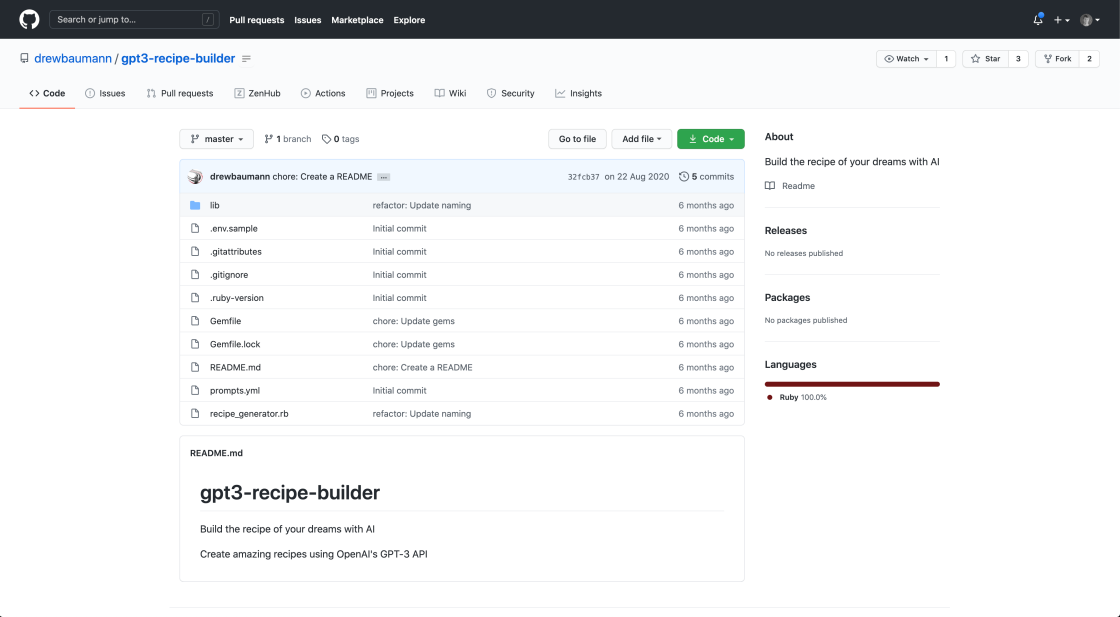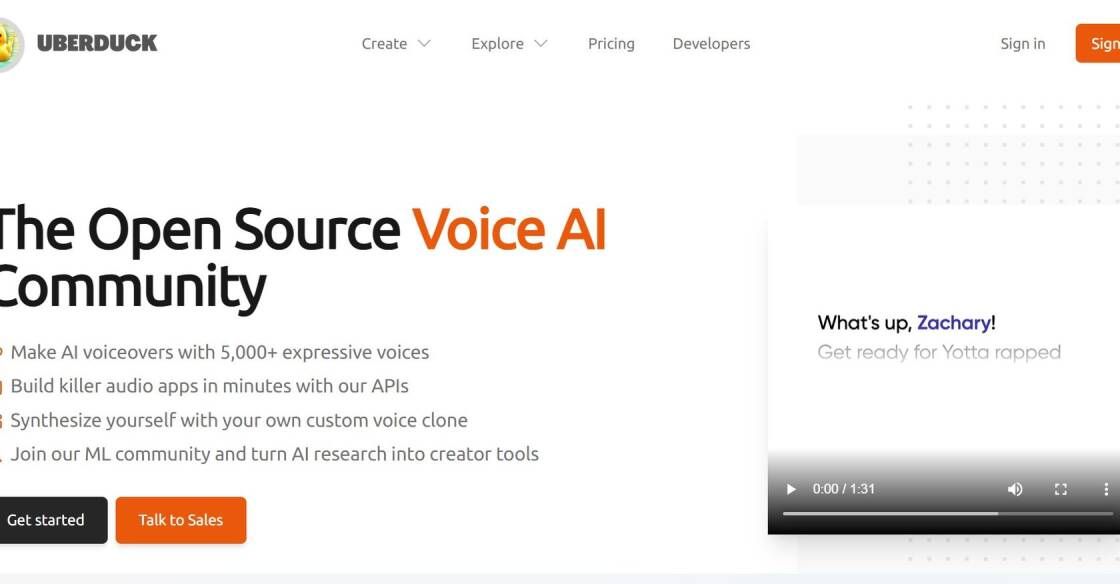

Deliver a modern video editing experience to your users running, entirely in the browser. Arrange videos on a timeline, trim and crop to the wanted duration and format, and overlay audio tracks.
idemeum SDK lets you delight your users with passwordless login. ⠀ Choose one-click, biometric, or QR-code flows — each enabling cross app Single Sign On while preserving user privacy.
Chat sdk that enables you to build chat functionality into your app or website within minutes, saving you months of development time. Minchat also comes with prebuilt UI components.
Brydge is an IoT SDK that connects offline devices to mobile apps using BLE, creating a secure connection and preventing data loss.
Utopia AI is a revolutionary platform that utilizes the power of artificial intelligence (AI) for developing and reinforcing artificial neural networks (ANNs). With its cutting-edge technology, Utopia AI offers a platform that is designed to help businesses and researchers in developing and training ANNs for various applications. This AI-powered platform is equipped with advanced features such as automated hyperparameter optimization, model selection, and reinforcement learning, which make it an ideal tool for creating efficient and reliable ANNs. With Utopia AI, users can achieve superior results in less time, making it a game-changer in the field of AI development.
Restlet Studio is a powerful cloud-based API development platform that has been designed to help developers create, test, and deploy RESTful APIs quickly and easily. With its intuitive interface and extensive range of features, Restlet Studio streamlines the API development process, enabling developers to focus on creating innovative solutions that meet the needs of their clients. Whether you're a seasoned developer or just starting out, Restlet Studio offers everything you need to build robust, scalable APIs that can be deployed to any platform or device.

CodeVox
This Tool Lets You Program an Entire App With One Voice Command

Opera
Browser with Built-in VPN

Zapier
OpenAI (Makers of ChatGPT) Integrations | Connect Your Apps with Zapier

GPT-3 Recipe Builder
Generating Cooking Recipes with OpenAI's GPT-3 and Ruby

Caktus
AI solutions for students to write essays, discuss questions, general coding help and professional job application help.

Uberduck
Uberduck | Text-to-speech, voice automation, synthetic media

Tome
The Future of Content Management

Voice.ai
Custom Voice Solutions
Serverless computing has revolutionized the way developers build and deploy applications. With its ability to eliminate the need for server management and infrastructure, it has become a game-changer in the world of cloud computing. Serverless is a framework that enables developers to build and deploy applications without worrying about managing servers or infrastructure. It allows them to focus on writing code and building applications, rather than managing servers. The serverless framework provides a platform for developers to build scalable and efficient applications that can be deployed quickly and easily.
The benefits of serverless computing are numerous, including reduced costs, increased flexibility, and improved scalability. By eliminating the need for server management and infrastructure, developers can save time and money while also improving application performance. Additionally, serverless computing allows for rapid deployment and scaling of applications, making it an ideal choice for modern, agile development teams.
In this article, we will explore the benefits of serverless computing and the serverless framework. We will also look at some of the most popular serverless providers and how to get started with building serverless applications. Whether you are a seasoned developer or just starting out, serverless computing is a technology that you should definitely have in your toolbelt.
Serverless is a framework that enables developers to build and deploy serverless applications using cloud-based services.
The benefits of using Serverless include reduced infrastructure management, lower costs, improved scalability, and faster time to market.
Serverless supports a variety of programming languages such as JavaScript, Python, Java, Go, and Ruby.
Yes, Serverless is compatible with multiple cloud providers such as AWS, Azure, and Google Cloud.
Serverless provides built-in security features such as encryption, secure authentication, and access control, to ensure that your applications are secure.
Yes, Serverless is suitable for large-scale applications as it can handle high traffic volumes and scale automatically.
Yes, Serverless allows you to integrate with a wide range of third-party services such as databases, messaging systems, and APIs.
Serverless has a user-friendly interface and comprehensive documentation, making it easy for developers to get started with.
Yes, Serverless offers monitoring and debugging tools such as logs, metrics, and tracing, to help you identify and troubleshoot issues.
Yes, Serverless provides flexibility to customize the deployment process according to your specific requirements.
| Competitor | Description | Main Features | Pricing |
|---|---|---|---|
| AWS Lambda | Serverless computing service by Amazon Web Services | Low cost, automatic scaling, event-driven programming model | Pay-as-you-go based on usage |
| Google Cloud Functions | Serverless computing service by Google Cloud Platform | Fully-managed, supports multiple languages, integrates with other GCP services | Pay-as-you-go based on usage |
| Azure Functions | Serverless computing service by Microsoft Azure | Event-driven programming model, integrates with other Azure services, supports multiple languages | Pay-as-you-go based on usage |
| OpenFaaS | Open-source serverless framework | Supports multiple languages, auto-scaling, integrates with Docker | Free and open-source |
| Knative | Kubernetes-based platform for building, deploying, and managing modern serverless workloads | Supports multiple languages, auto-scaling, integrates with Kubernetes | Free and open-source |
Serverless is a framework designed to help developers build and deploy serverless applications. This approach to application development eliminates the need for servers by allowing developers to write code that runs on the cloud. With Serverless, developers can focus on writing code and building applications without worrying about infrastructure management.
Here are some important things you should know about Serverless:
1. Serverless is not truly serverless
Despite its name, Serverless still requires servers to run. However, the difference with Serverless is that the server infrastructure is managed by the cloud provider rather than the developer. This allows developers to focus solely on writing code for their application.
2. Serverless is event-driven
Serverless applications are designed to be event-driven, meaning they are triggered by specific events such as user actions or data changes. This allows for efficient resource allocation and cost savings as resources are only used when needed.
3. Serverless is highly scalable
Since Serverless applications are event-driven, they can easily scale up or down based on demand. The cloud provider will automatically allocate the necessary resources to handle incoming requests, making it easy to handle sudden spikes in traffic.
4. Serverless reduces infrastructure costs
By eliminating the need for server infrastructure management, Serverless reduces infrastructure costs for developers. They only pay for the resources used during execution of their code, rather than paying for continuous server usage.
5. Serverless supports multiple programming languages
Serverless supports multiple programming languages, including Node.js, Python, Java, and more. This makes it easy for developers to use the language they are most comfortable with.
Overall, Serverless is a powerful framework for building serverless applications that can scale easily and reduce infrastructure costs. By leveraging this technology, developers can focus on building great applications while leaving the server management to the cloud provider.
TOP